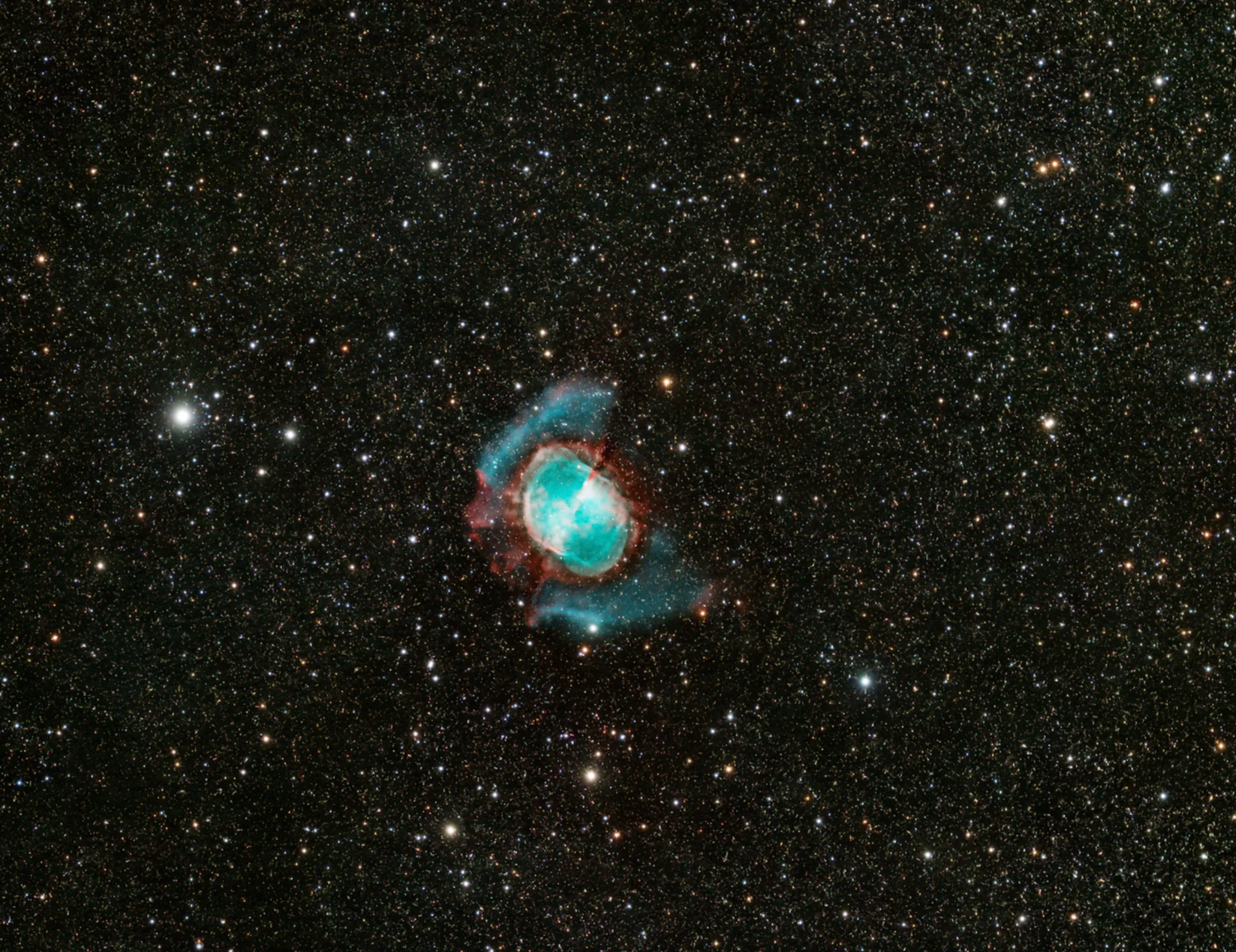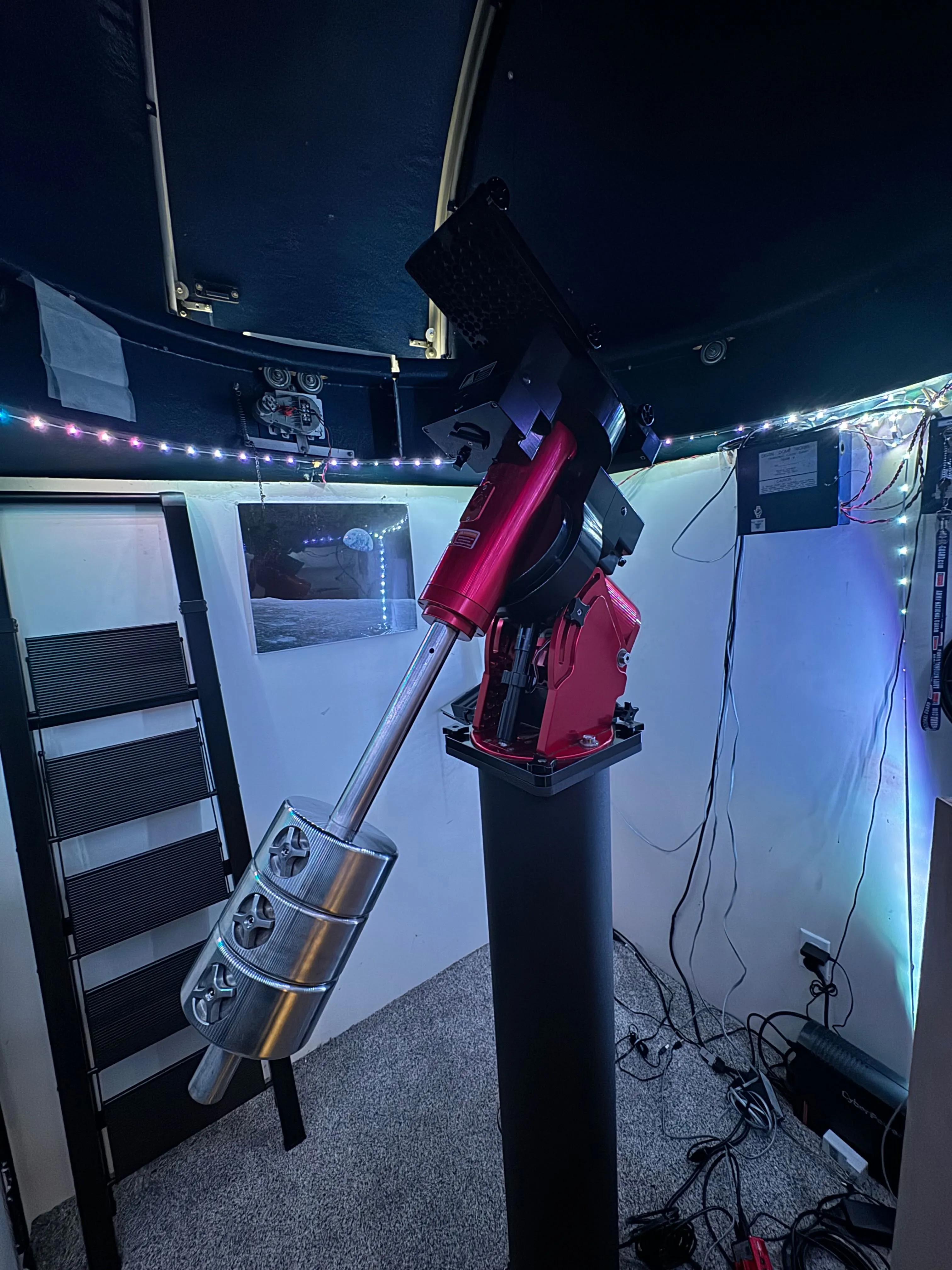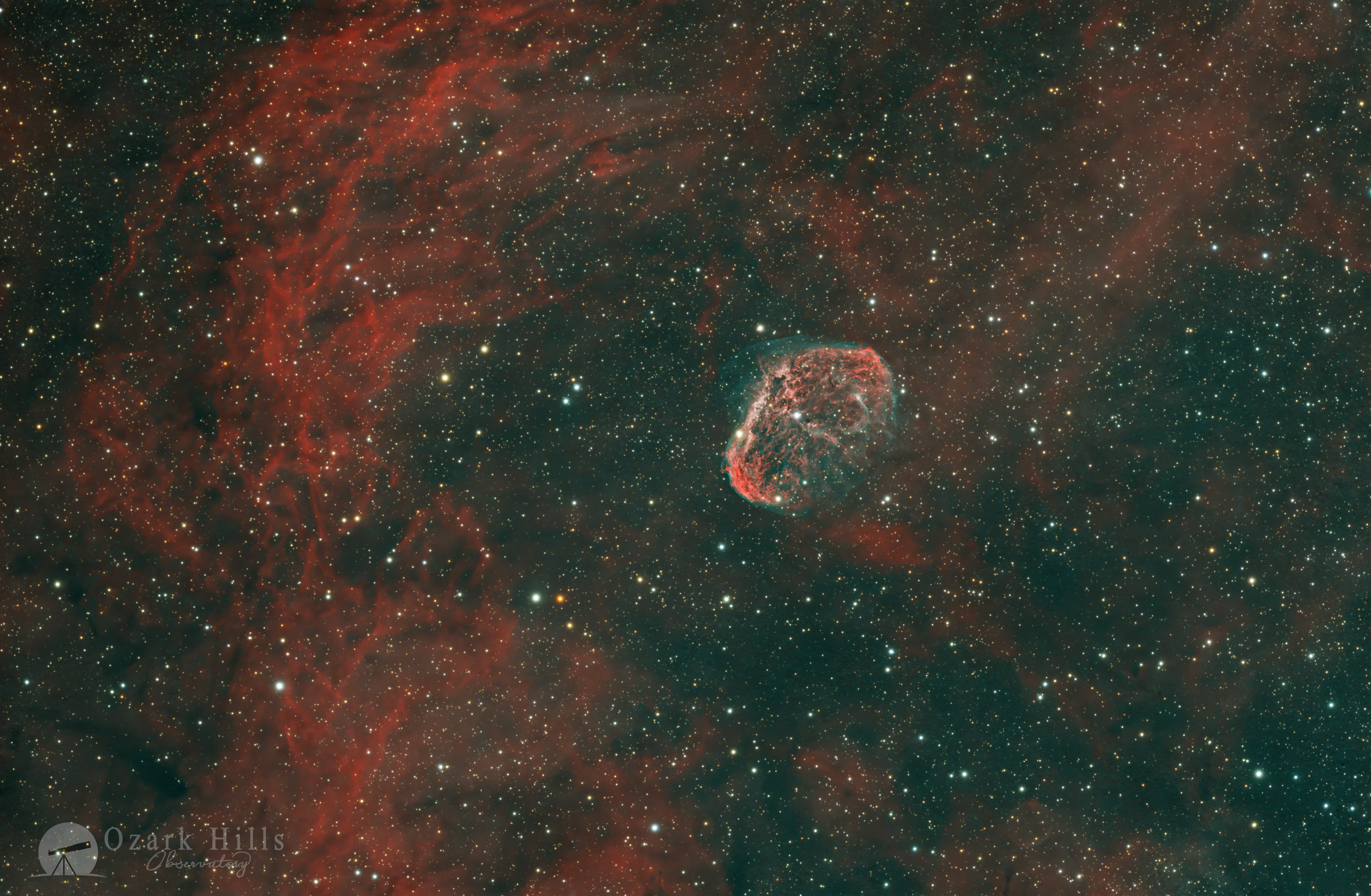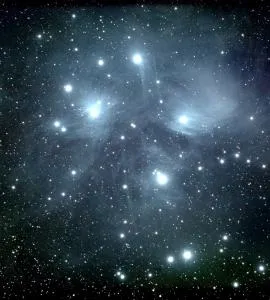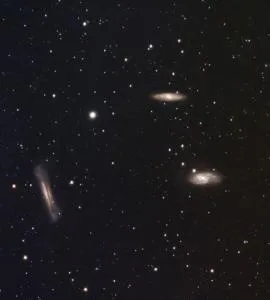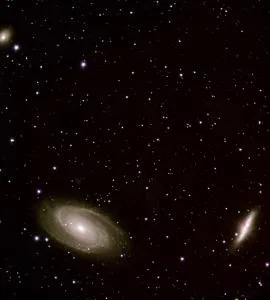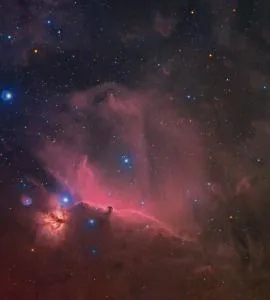The Whirlpool Galaxy M51 astrophoto with a 127mm Carbon Fiber Triplet ED APO Refractor
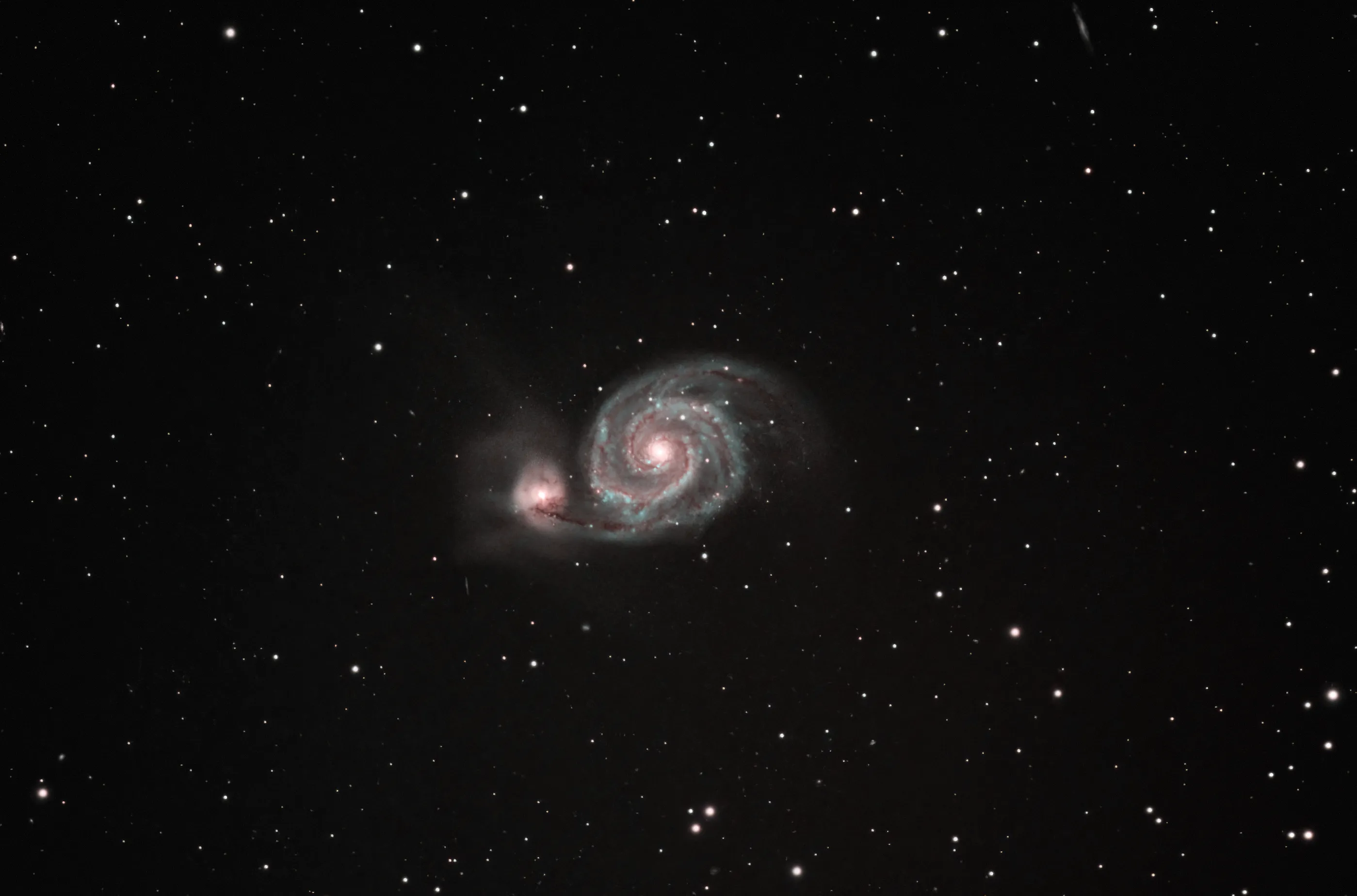
Explore the mesmerizing beauty of the Whirlpool Galaxy (M51) with our detailed pictures, intriguing facts, and precise location guide. Picture taken with a Explore Scientific FCD100 Series 127mm f/7.5 Carbon Fiber Triplet ED APO Refractor Telescope with 2.5" HEX Focuser. Dive deep into the celestial wonders of M51, understand its unique spiral structure, and discover why it's a favorite among astronomers and stargazers alike. Perfect for space enthusiasts and curious minds!
On a clear evening at the Ozark Hills Observatory, I pointed a 127mm telescope towards the Whirlpool Galaxy (M51) in the constellation Canes Venatici (the Hunting Dogs) and after 3 hours of aqusition time, and 2 hours of post-processing the results were fantastic.

Telescope: Explore Scientific FCD100 Series 127mm f/7.5 Carbon Fiber Triplet ED APO
Mount: AM5
Camera: ASI 2600MM with ASI filters
Guider: Lumicon 80mm super finder, ASI 120mm
Controller: ASI Air
Acquisition: RGB+L (3 hours total)
Sulfer II / bandpass of 7nm, passes light at 672nm: 5 - 300s subs (25min)
Hydrogen Alpha / bandpass of 7nm, passes light at 656nm: 5 - 300s subs (25min)
Oxogen III / bandpass of 7nm, passes light at 500nm: 5 - 300s subs (25min)
RGB combinded data for star color, 5 - 300s subs (25min) each color
Luminance: 5 - 300s subs (1 hour)
Darks/Flats/Bias: None
Processing: Pixinsight, Photoshop
Location: Missouri
Weather/Conditions: 58% Moon, clear low humidity
Bortle: 4
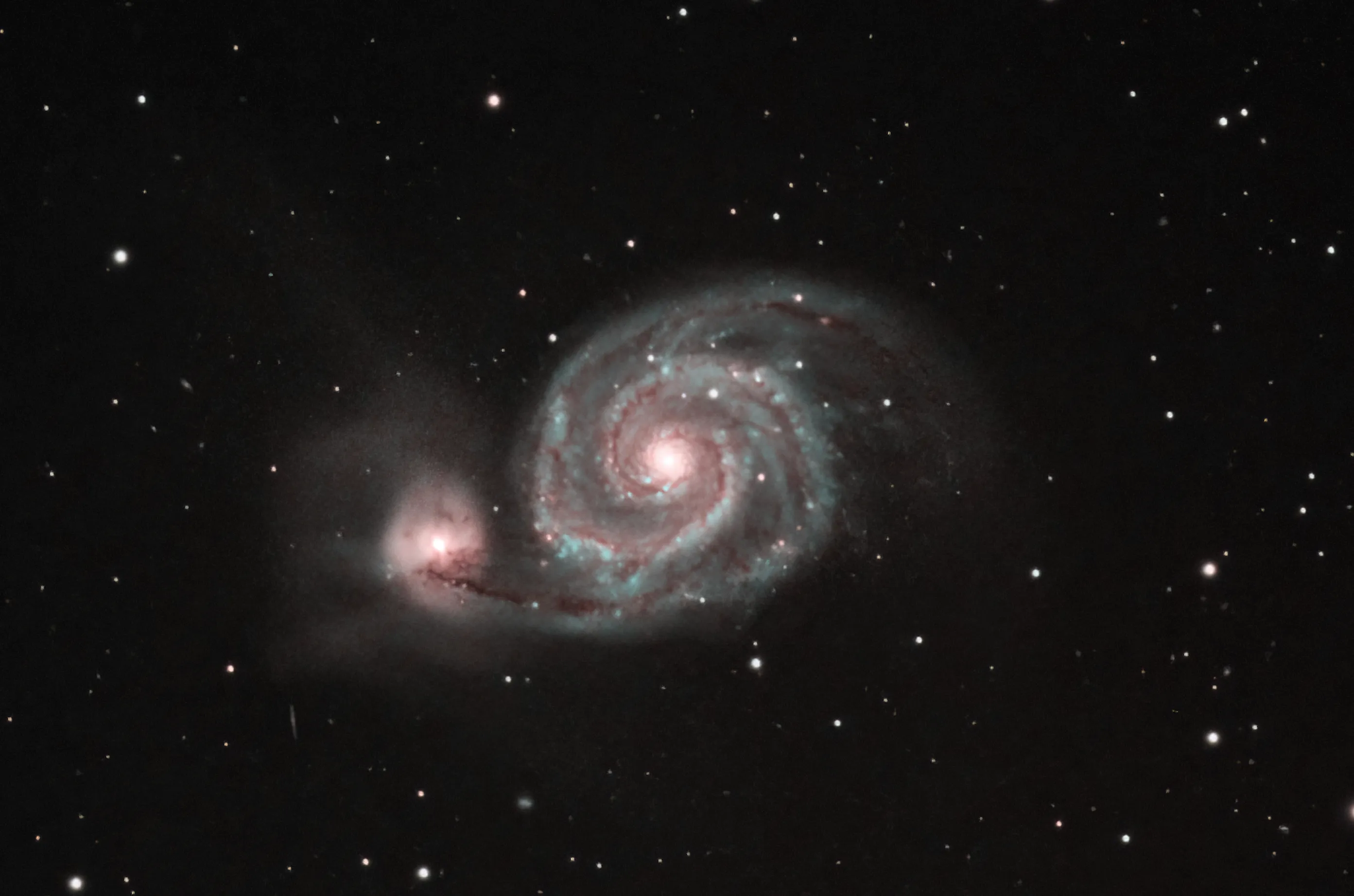
The Whirlpool Galaxy, M51, is one of the most iconic and studied galaxies in the night sky. Facts & information.
- Classic Spiral: M51 is often used as a textbook example of a classic spiral galaxy because of its well-defined spiral arms and distinct nucleus.
- Galactic Interaction: The Whirlpool Galaxy is not alone! It's interacting with a smaller galaxy, NGC 5195. This interaction is responsible for the galaxy's distinct "whirlpool" appearance.
- Distance from Earth: M51 is located approximately 23 million light-years away from Earth in the constellation Canes Venatici.
- Size: The Whirlpool Galaxy spans about 60,000 light-years in diameter, which is a bit smaller than our Milky Way.
- Star Formation: The intense blue regions in the spiral arms of M51 are areas of active star formation. These regions are filled with young, hot stars.
- Black Hole Activity: At the center of M51 is a supermassive black hole. This black hole is actively accreting material and is surrounded by a region of ionized gas, which emits strong X-ray radiation.
- Historical Significance: M51 was one of the first galaxies in which spiral structure was identified. It was Lord Rosse who, using his large telescope in the 1840s, made a drawing that revealed the spiral structure of the galaxy.
- Galactic Collision: The interaction between M51 and NGC 5195 is a slow-motion collision that has been ongoing for hundreds of millions of years. This interaction has triggered waves of star formation within M51.
- Tidal Tails: The gravitational interaction with NGC 5195 has caused "tidal tails" to form — long streams of stars and gas pulled from both galaxies.
- A Cosmic Laboratory: Because of its proximity and clear interaction features, M51 serves as a cosmic laboratory for astronomers to study galaxy interactions, spiral structure formation, and starburst activity.
Explore Scientific FCD100 Series 127mm f/7.5 Carbon Fiber Triplet ED APO Refractor Telescope with 2.5" HEX Focuser
I always try to take a photo of the setup I'm using "the night of" when taking astrophotography, especially from our observation decks because the gear will change from week to week. Below is the setup I used for the images above.
The image train is pretty long as it took an inch to get past the reducer used (William Optics Adjustable 0.8x Focal Reducer & Field Flattener).
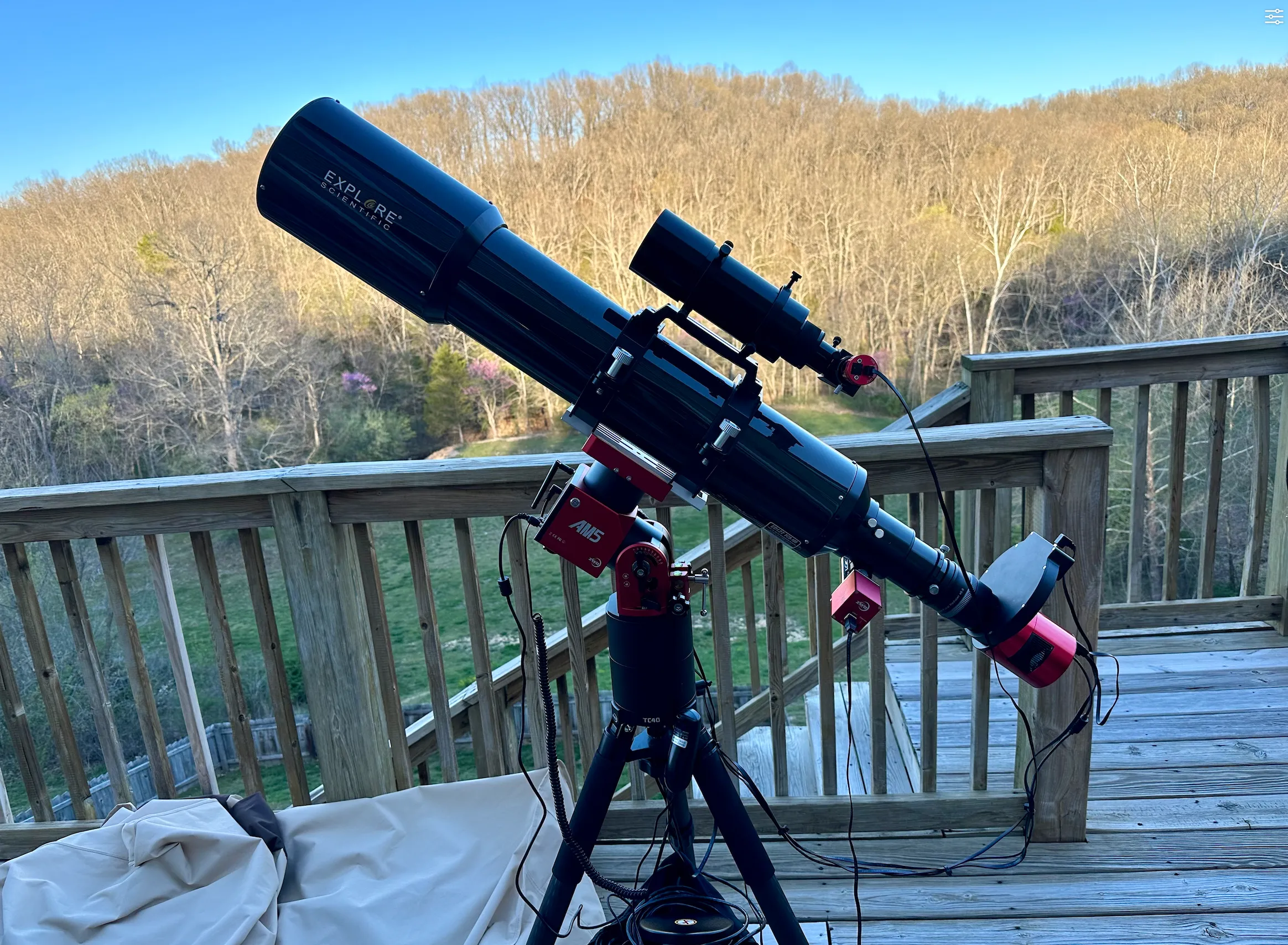
The back-focus required for the Explore Scientific 127mm in order to make focus causes the entire image train to be another 12" or so long. You can see in the image below a comparison of the Askar 108mm with a camera on it compared to the 127 CF without capture (box width as a stand-in camera).
It seems like a lot of extra focus needed for just 20mm (less than an inch).
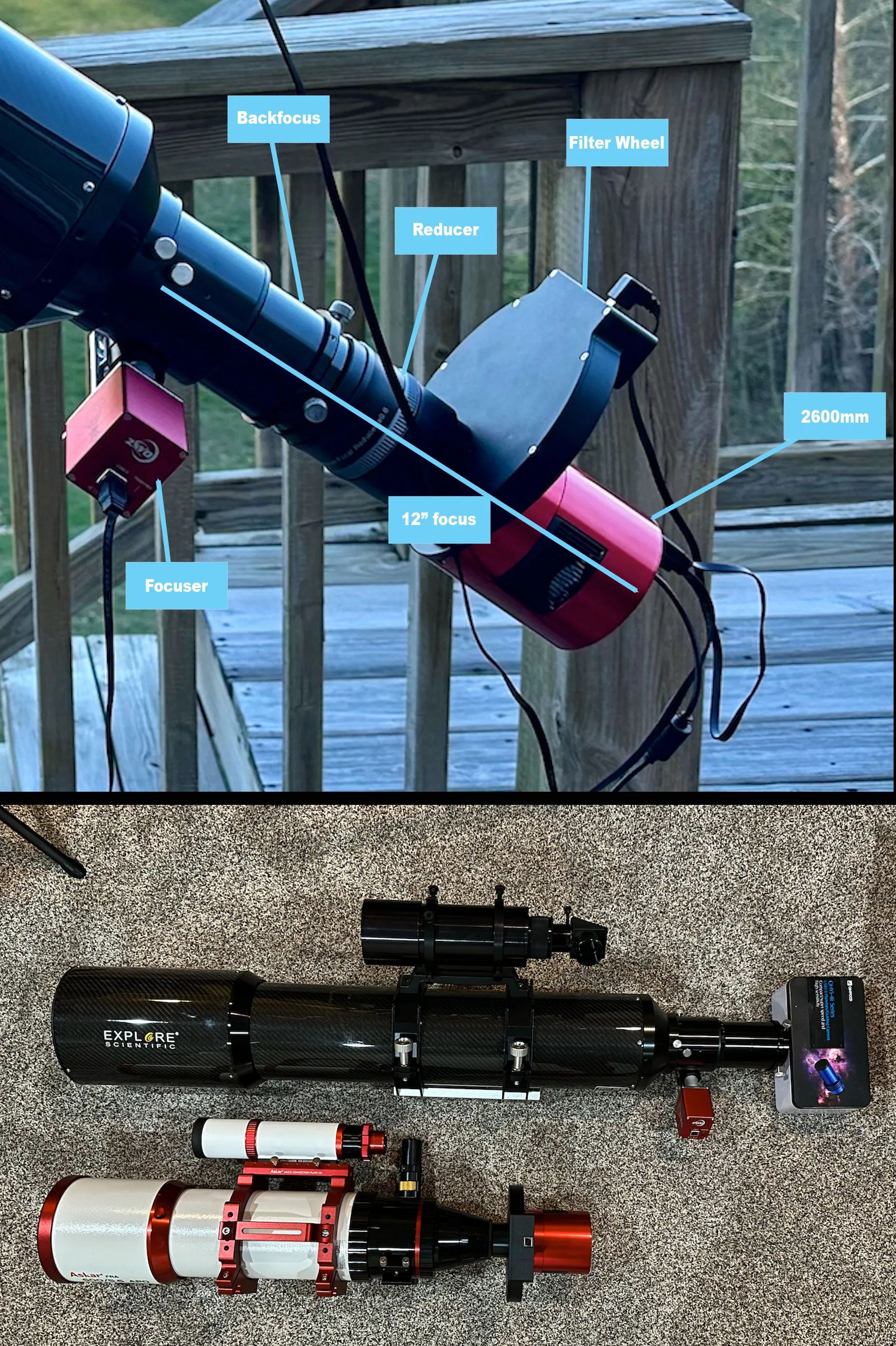
About the Author

Meet Richard Harris, a passionate and dedicated astronomer who embarked on a cosmic journey at the age of 11 and has been reaching for the stars ever since. Born with an innate curiosity for the universe. Richard's fascination with astronomy ignited when he first gazed up at the night sky and felt an indescribable connection to the cosmos and creation. As a younger lad, Richard spent countless hours poring over astronomy books, studying constellations, and learning about the celestial wonders that grace our skies. In 2001, Richard invented the HyperTune telescope process, which has grown into the standard for German equatorial telescope mount tuning across the globe. He is also the founder of ScopeTrader, a global resource helping to grow the hobby of astronomy which started in 2002, and the CEO of Moonbeam software company, started in 2008. When he's not taking photos of our universe, you can find him with family, playing guitar, or traveling.

